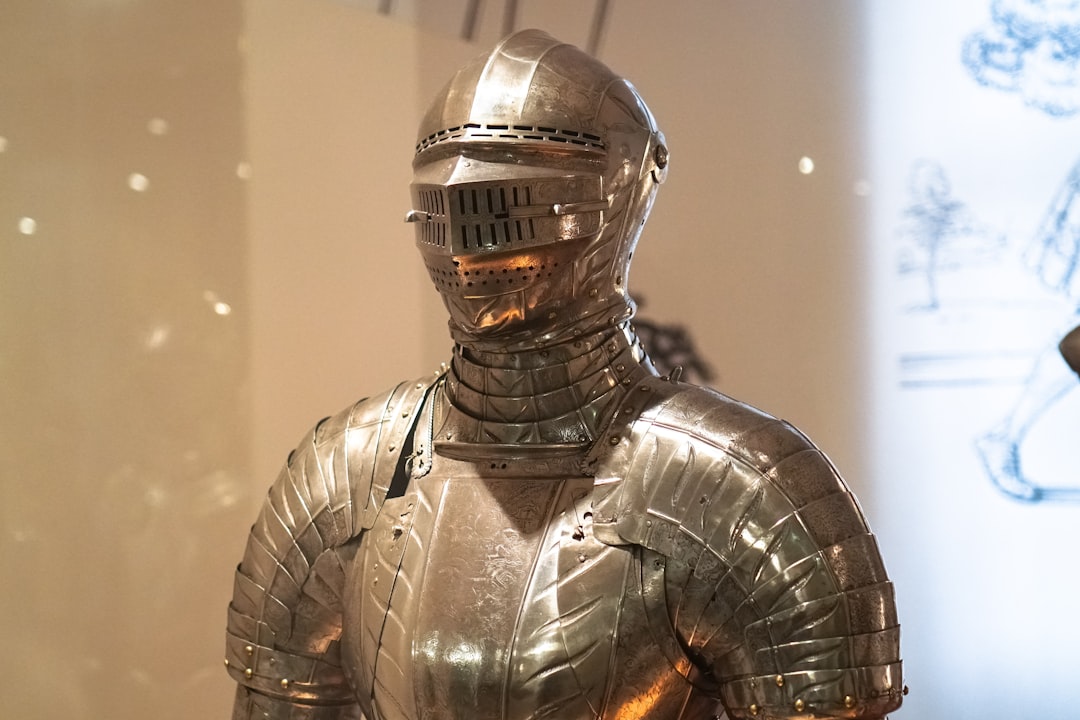What is it about?
Countless tourist see the the domed redbrick ruin from trains going into or leaving Rome's Termini railway station but hardly anyone now visits what was once of the most famous ruins of ancient Rome. Its dome was second only to the Pantheon in diameter and its ten-sided plan is unique in the city. Modern scholars think it was a garden pavilion but in the fifteenth century it was thought to be a basilica. Then in 1552 the excavation of some statues allowed Pirro Ligorio to argue it was the temple of Minerva Medica, which remains the popular name.
Featured Image
Read the Original
This page is a summary of: THE ‘MINERVA MEDICA’ AND THE SCHOLA MEDICORUM: PIRRO LIGORIO AND ROMAN TOPONYMY, Papers of the British School at Rome, October 2011, Cambridge University Press,
DOI: 10.1017/s0068246211000080.
You can read the full text:
Contributors
The following have contributed to this page










